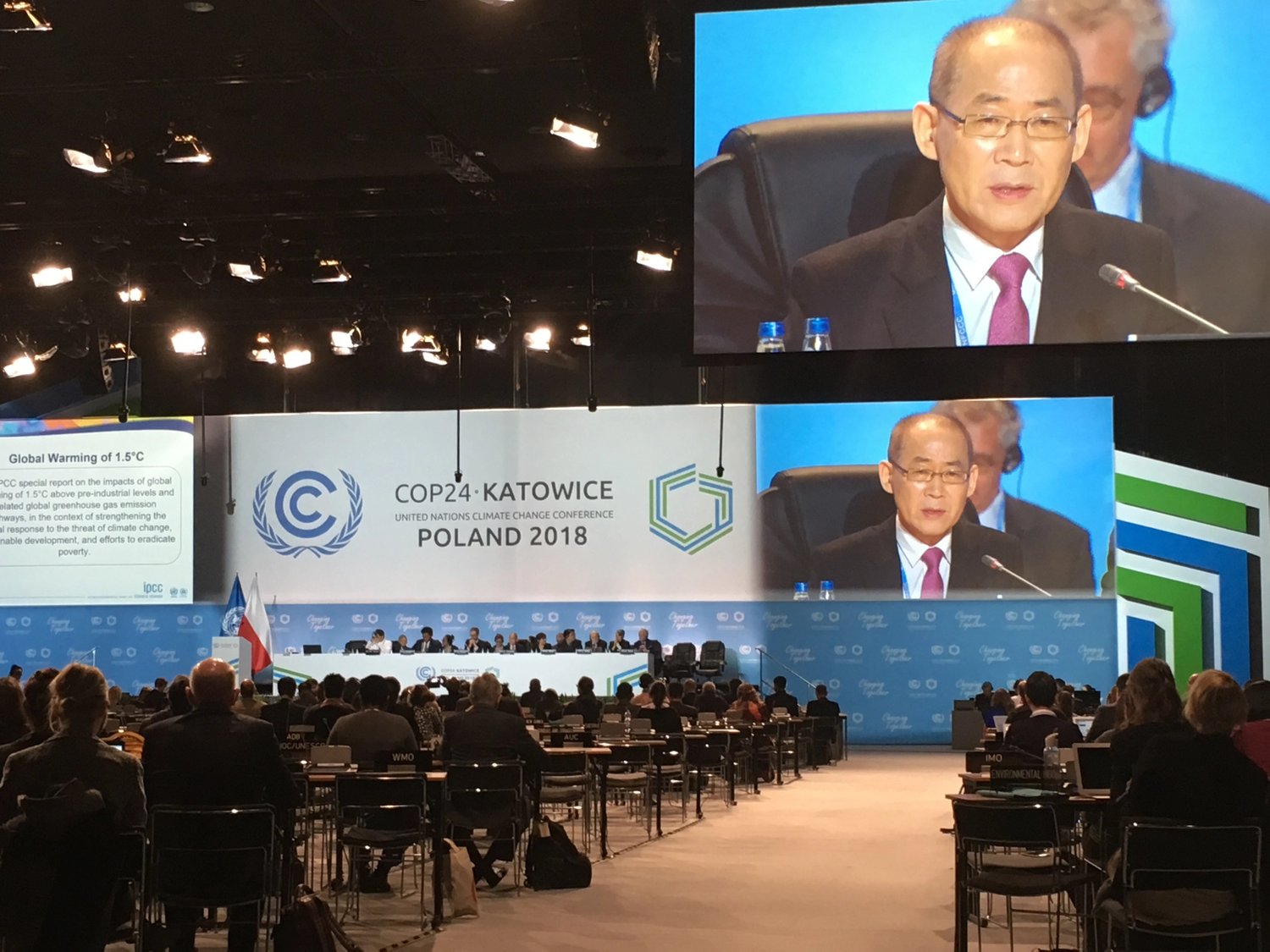This year, Glasgow (Scotland) will be the venue for the COP, the United Nations climate change conference. But what is this, what has it got to museums, and what can museums do?

The COP is not a typical conference, it is primarily a political event. COP stands for the Conference of the Parties, where Parties are the countries that are signed up to the UN Framework Convention on Climate Change, one of the three Rio Conventions developed from the Rio Earth Summit in 1992. Signatories of the Framework Convention on Climate Change, or UNFCCC for short, committed to meet each year to monitor progress and work to ensure the ambitions of the Convention are being achieved.
The first meeting, or COP1, was held in Berlin in 1995. Since then, the meeting has been held around the world. Notable developments were the Kyoto Protocol, from COP3 in 1997, and the Paris Agreement from COP21 in 2015. What has this got to do with museums?
The original Framework Convention included a section, Article 6, on the importance of public education, training of staff, public awareness, public participation, public access to information and international cooperation on climate change matters. Governments agreed to the importance of this and to develop programmes to support it.
However, for the most part those commitments haven’t been honoured particularly well. But, let us not despair. As with other Conventions, participation is voluntary. That means, surely, that other sectors that have something to contribute pick up the bat and do what they can.
What kind of organizations could support public education, awareness, participation and access to information on climate change? Schools, libraries and museums are obvious candidates.
Many museums have been working to do their bit, and museum perspectives have featured at a number of UN conferences, to highlight their potential to support the aims of the Framework Convention and Paris Agreement. As a result, Parties to the Paris Agreement formally recognized the key role that a range of sectors – including museums – play in supporting this aspect of the Paris Agreement.
At the same time, the museum sector has increasingly come to recognize the importance of incorporating sustainability perspectives into its activities, notably with the adoption of a resolution on sustainability that was adopted by the International Council of Museums in 2019.
All eyes are on Glasgow to see what countries come up with in terms of actions to address climate change. At the same time, let us not forget that action is really needed at local levels. Rather than put our futures solely in the hands of politicians, museums can help people to:
explore the futures they want,
understand why climate change is important in terms of how it affects those futures,
foster a culture for peace, tolerance and non-violence, and
empower people to take part in public affairs and to hold their politicians accountable for their decisions.
It is important that museums use the 50 weeks of the year that aren’t the time of COP to advance support and activity to address climate change at the same time as addressing other sustainability challenges. What can they do? Easy, do what they do best and relate it to climate change, incorporating climate change into interpretation of collections, education programmes, as well as walking the walk by addressing their own climate footprint, making sure all museum decisions are taken with climate change and sustainability considerations in mind, and work with local and global partners. Multilateralism isn’t only for governments, but for museums too.
This article is adapted from a blog post on the Coalition of Museums for Climate Justice website, January 2021.
